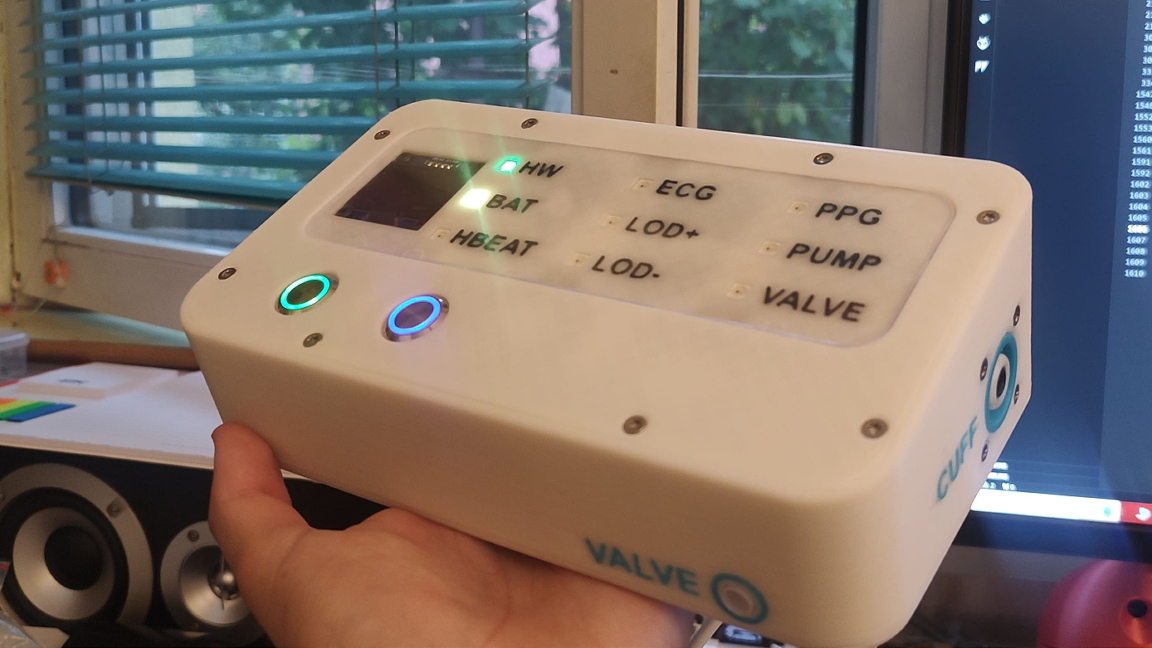
We've seen our fair share of Raspberry Pi projects over the years but it is rare that we come across projects aimed at the medical field. Today we have a really cool and well-designed open-source cardiography signal measuring device put together by maker and developer Milos Rasic. Using our favorite microcontroller, the Raspberry Pi Pico, he's managed to create a working system completely from scratch.
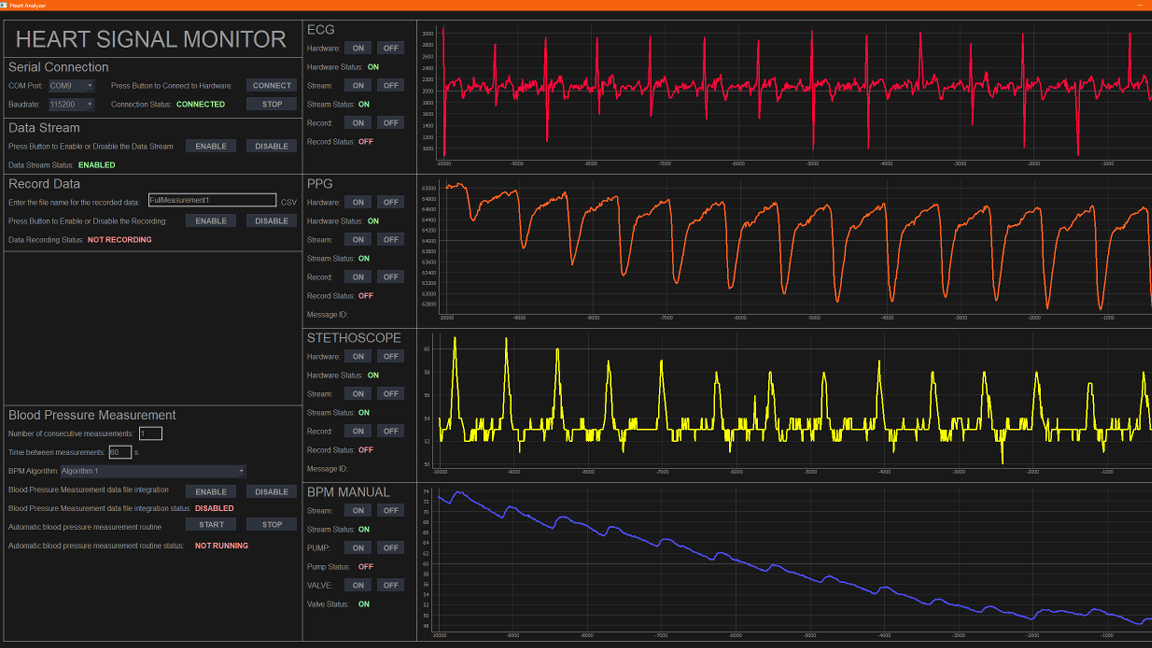
According to Rasic, the project was created with a few specific goals in mind. He wanted to create an open source tool that would enable the user to analyze and store various cardio graphic signals through a variety of sensors including air pressure data from an arm cuff, Electrocardiography (ECG), Phonocardiography (what you would read through a stethoscope) as well as Photoplethysmography (an optical technique used to detect volumetric changes in blood in peripheral circulation) signals, also known as PPG.
Rasic is a student and poured his heart out into this project as part of his master's thesis work through the University of Belgrade School of Electrical Engineering. Ultimately, the device not only reads these metrics but can also help analyze the data for accuracy by using a combination of the information it collects from all of the different sources.
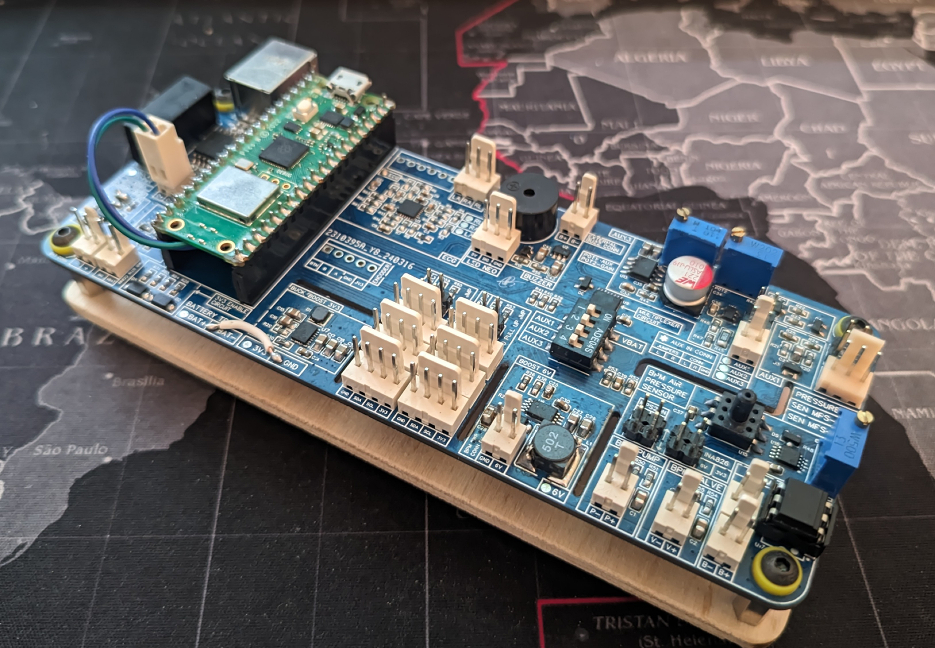
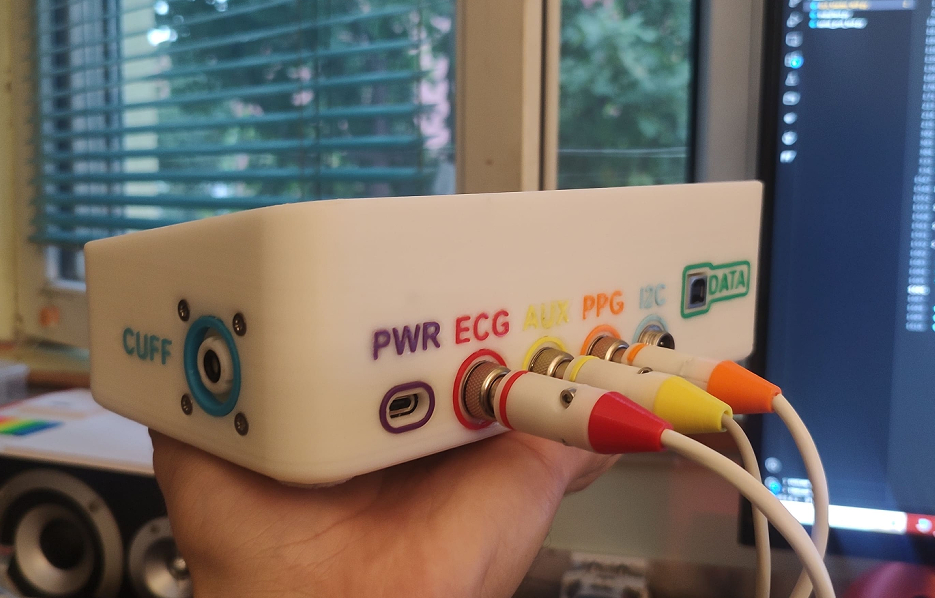
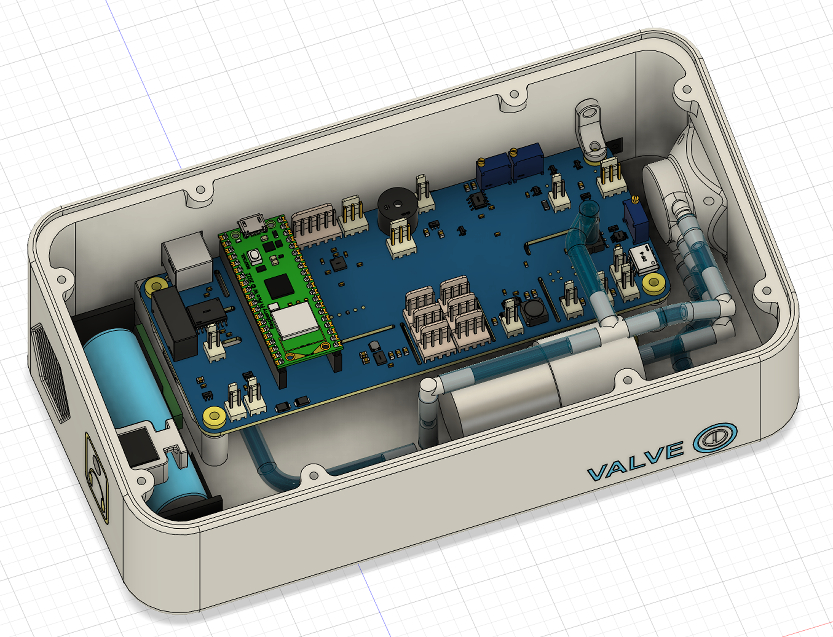
To complete the project, Rasic developed a custom 4-layer PCB that relies on a Raspberry Pi Pico W as its main controller. The hardware is housed inside of a custom shell that Rasic designed just for this project that can be 3D printed. In this case, he printed the case using a Creality K1C. The PCB is connected to a plethora of components including GX12 connectors on the back and more, all of which is listed in the project build guide.
Rasic also designed the software from scratch which has been made open-source alongside the 3D printable components and PCB Gerber files. According to Rasic, the Pico itself was programmed using C++. The project also relies on a custom GUI that Rasic programmed using Python. You can explore all of the source code and more in greater detail over at GitHub.
If you want to get a closer look at this Raspberry Pi project, we highly recommend exploring the official project page he shared to GitHub.







